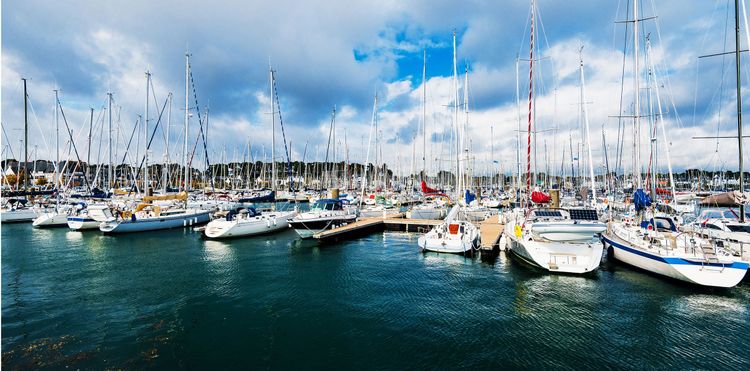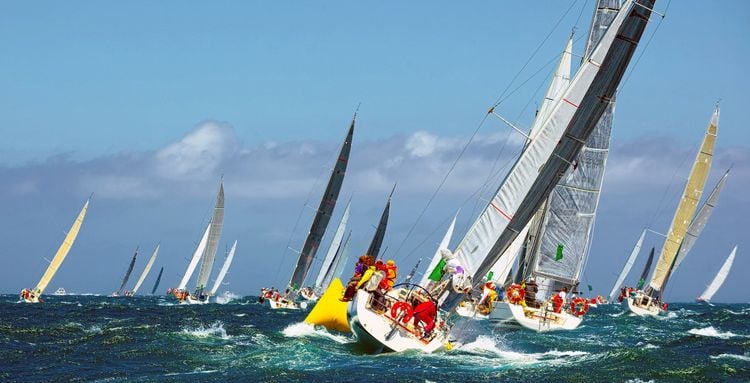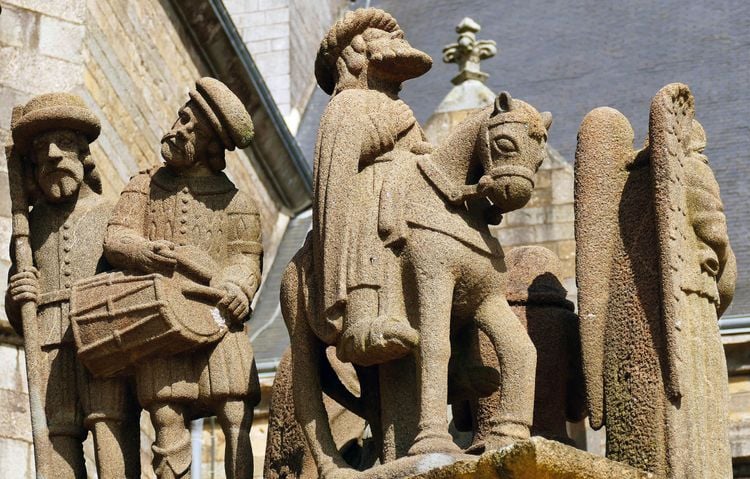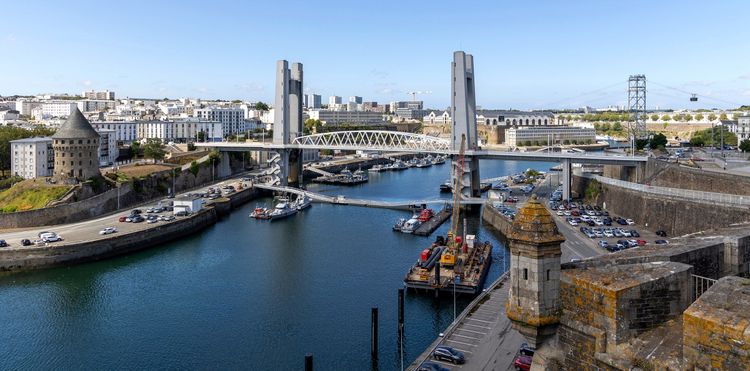Brest is inevitably turned towards the sea. And as soon as you set foot on its territory, you feel drawn to the open sea, like a magnet. Brest's harbour has become part of the city's DNA and is an integral part of its daily life. In fact, the harbour is the largest body of water in the world. Its surface area exceeds that of Paris. It extends over 180 km2 in Finistère and is linked to the Atlantic Ocean by a passage called the Brest Narrows. Considered to be the most beautiful harbour in the world (according to sailors), it is now known as a veritable playground for lovers of sailing, fishing and water sports. And while you're at sea, you'll also find a rich heritage on land. The coast is marked by cultural sites, military buildings and fortifications. Ready to board!
This gigantic harbour has been part of Brest's identity since the dawn of time. It is still difficult to determine its origins, but one thing is certain: the Brest roadstead has played an important economic and strategic role. Stretching over 180 km, this immense body of water is a true Breton jewel thanks to its rich biodiversity.
More than just a natural treasure, the roadstead is also a place to relax, explore and sail. There's plenty to do all year round, from sailing and cruising to fishing and water sports.
Sailing in the Brest harbour is a great way to discover the exceptional panoramas created by the indented coastline, with its creeks, points and islands. Offshore, the coastline is dotted with historic and military buildings, such as the fortifications designed by the 17th-century architect Vauban. The Vauban tower, Bertheaume fort and numerous blockhouses can also be seen in the distance.












